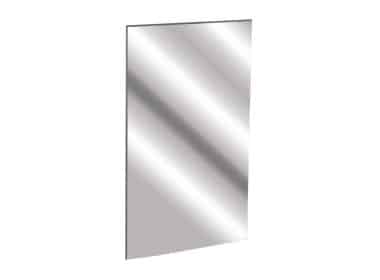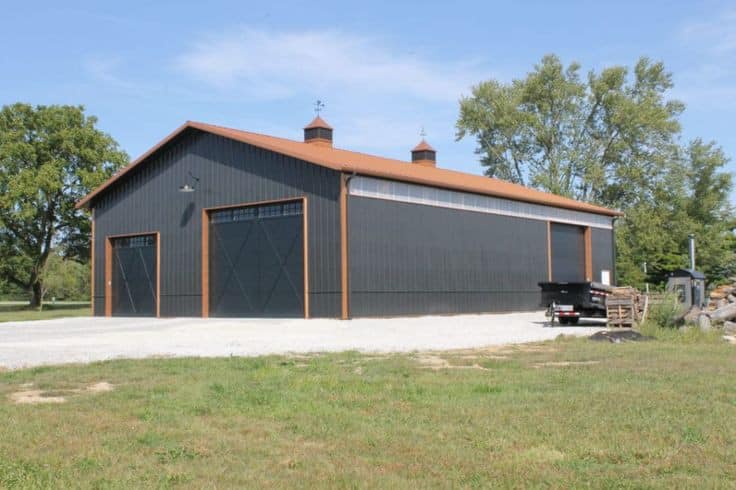As the mowing season winds down, it’s crucial to properly winterize your lawn mower to ensure it stays in peak condition during the off-season. By taking these essential steps, you can prevent damage, extend the life of your mower, and ensure it starts smoothly when spring arrives.
Cleaning and Inspection
Clean the Mower
Before storing your mower, start by giving it a thorough cleaning and inspection to ensure it’s ready for winter:
- Remove Debris: Clear grass clippings, dirt, and debris from not only the mower deck and wheels but also the undercarriage using a brush or compressed air. This prevents buildup that can lead to corrosion and mechanical issues, including those affecting the mower’s cables.
- Clean Underneath: Use a scraper or brush to meticulously clean hard-to-reach areas where grass and mud may have accumulated. Pay attention to the lawn mower spindle area as well, ensuring it’s free from debris and well-lubricated to prevent rust and ensure smooth operation of the blades.
Inspect and Replace Parts: After cleaning, thoroughly inspect the mower’s key components:
- Spark Plug: Check the spark plug for wear and corrosion. Replace it if necessary to ensure an easy start next season and to prevent any electrical issues affecting the mower cables.
- Air Filter: Examine the air filter for dirt and clogs. Clean or replace it as needed to maintain optimal engine performance and to prevent dust or debris from impacting the mower’s functionality.
- Blades: Inspect the mower blades for sharpness and damage. Sharpen or replace blades as needed to ensure a clean cut and to reduce strain on the mower’s engine and cables.
- Oil: Check the oil level and condition. Consider changing the oil if it’s dirty or contaminated to prevent engine damage and to maintain the lubrication of the mower cables and other moving parts.
Fuel and Engine Care
Properly handling fuel and maintaining the engine are crucial steps in winterizing your lawn mower:
Stabilize the Fuel To prevent fuel-related issues during storage, take one of these approaches:
- Add Stabilizer: Pour a fuel stabilizer into the gas tank and run the engine for a few minutes to ensure the stabilized fuel circulates throughout the system. This prevents fuel degradation and keeps the mower cables and other components protected.
- Alternatively, Drain the Tank: If you prefer not to use a stabilizer, drain the fuel tank completely. This prevents fuel from deteriorating and causing clogs in the carburetor or issues with the mower cables and other parts.
Engine Maintenance Protecting the engine is essential for maintaining mower performance over winter:
- Change the Oil: If you haven’t already done so during the cleaning process, change the oil. Fresh oil reduces the risk of corrosion in the engine and ensures smooth operation of the mower cables and other moving parts.
- Inspect Cooling Fins: Check the cooling fins and engine housing for any debris or buildup. Clean them to prevent corrosion and ensure proper airflow, which helps maintain engine temperature and prolongs the life of mower components, including the cables.
Taking these fuel and engine care steps as part of your winterization process ensures your lawn mower remains in optimal condition during its downtime, ready to perform effectively when the mowing season resumes. Proper maintenance now can prevent issues with fuel, engine, and mower cables later on, saving you time and money in repairs.
Storage Preparation
Choose a Suitable Storage Location
Store your mower in a location that protects it from the elements:
- Dry Storage: Select a dry, sheltered area such as a garage or shed to prevent moisture buildup and rust.
- Ventilation: Ensure the storage area is well-ventilated to avoid condensation inside the mower and reduce the risk of mold or mildew.
Covering and Protection
Shield your mower from dust, moisture, and pests during storage:
- Cover the Mower: Use a fitted cover or tarp to protect the mower from dust and moisture. Consider a breathable cover to prevent condensation buildup.
- Securely Cover: Ensure the cover is securely fastened to prevent it from blowing off during windy weather.
Conclusion
Properly winterizing your lawn mower is essential for maintaining its performance and longevity. By following these steps to clean, inspect, and prepare your mower for storage, you’ll ensure it’s ready to tackle your lawn when the next mowing season arrives. Take the time now to winterize your mower—it’s an investment that pays off in hassle-free operation later.











